Things we’ve made
Conic sections
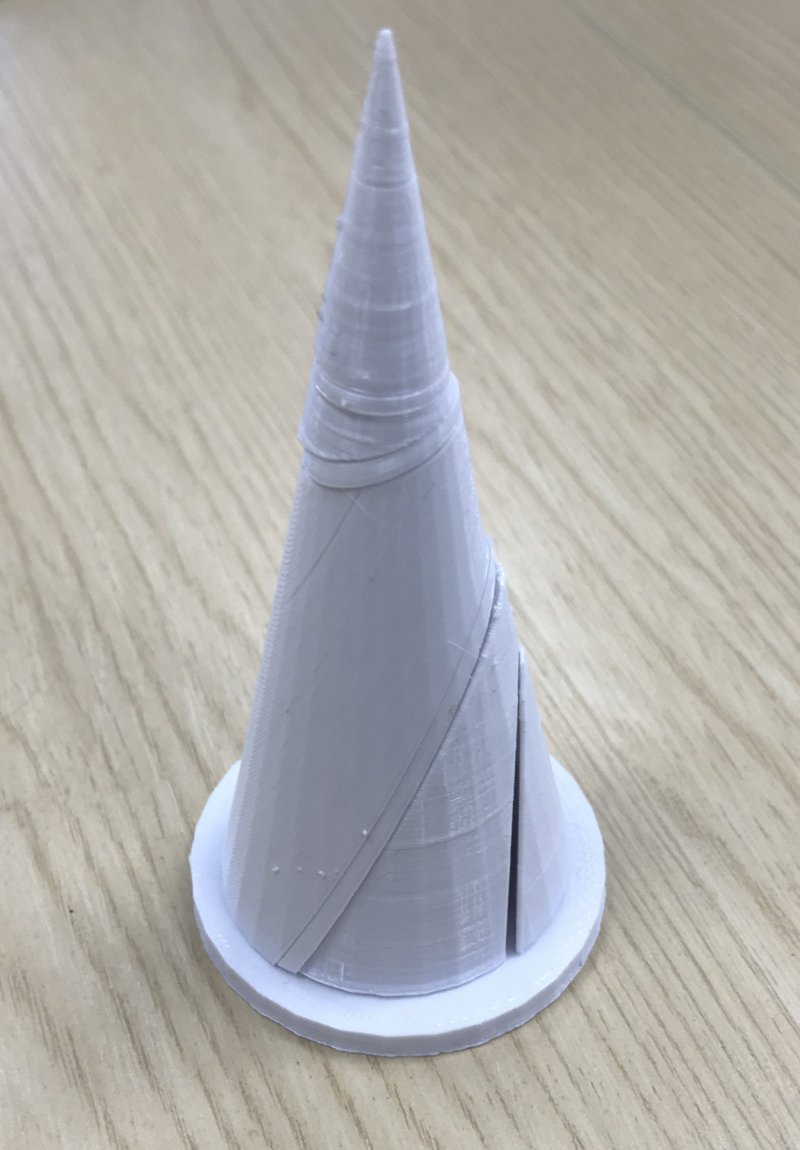
Designed by Alex Nuttall. Made with OpenSCAD. Download .zip. View on Thingiverse.
This design features multiple parts which fit together on the stand to create a cone shown in the picture. A circle, an ellipse, a parabola and a hyperbola are all present.
This design was inspired by the Khan Academy video “Introduction to conic sections”.
A future version of this design may not feature the slices and just connect directly piece to piece. Here, there would be five pieces with two of these only containing a circle and a hyperbola, and another 3 with one section on one side of it and the following piece on the other e.g. a piece with a circle visible at one side and an ellipse at the other.
Cross-section of a cube
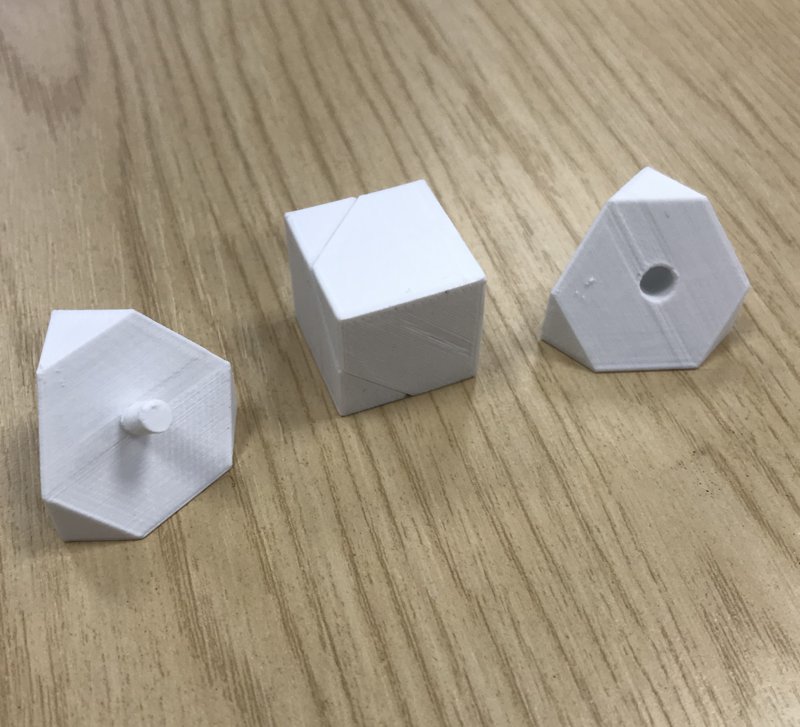
Designed by Alex. Made with OpenSCAD. Download .zip. View on Thingiverse.
A visual demonstration of how a cube can have a hexagonal cross section depending on the angle it is cut at - through the midpoints of 6 sides.
This design was inspired by the Khan Academy video “ways to cut a cube”, outlining the range of ways we can acquire different shapes by cutting a cube at different angles.
Cubes with doubled volume, surface area and side length
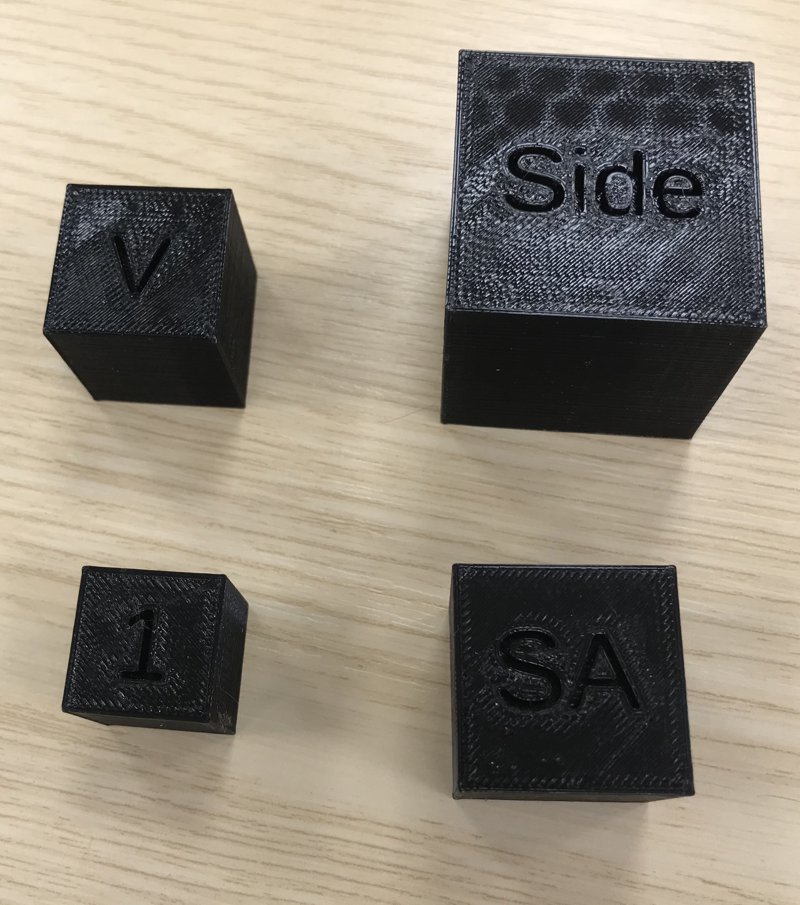
Designed by Alex Nuttall. Made with OpenSCAD. Download .zip. View on Thingiverse.
A unit cube, with 3 other cubes where one has twice the volume, one has twice the surface area, and one has twice the side length.
Pythagorean triple puzzle
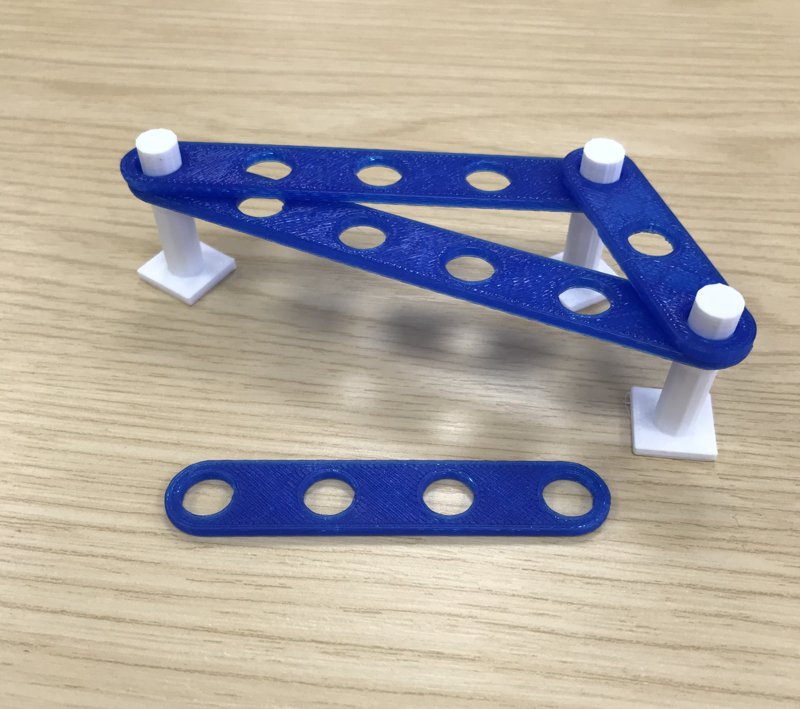
Designed by Alex Nuttall. Made with OpenSCAD. Download .zip. View on Thingiverse.
Challenge someone to make a right-angled triangle with these pieces. It’s easy to make a fencepost error!
The OpenSCAD file produces customisable rods with evenly spaced holes, and some supports for them to rest on. The code can easily be changed to vary the size and number of holes in the rods.
Fourier series for
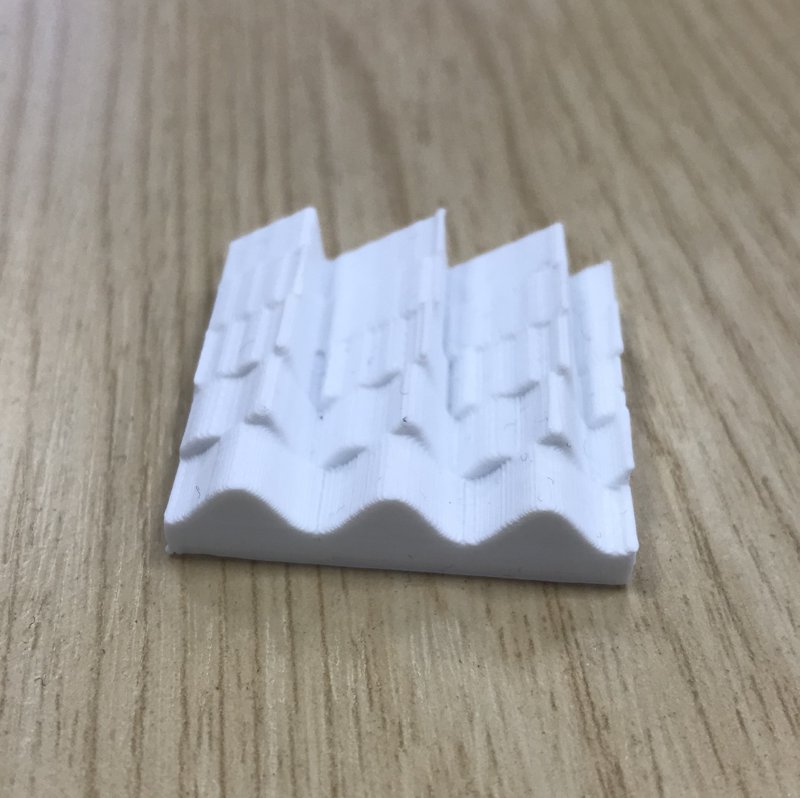
Designed by Alex Nuttall. Made with OpenSCAD. Download .zip. View on Thingiverse.
This represents the Fourier expansion of for , , , and .
The inspiration for this design came from Desmos and its visualisation of more terms of a Fourier expansion.
Golomb ruler
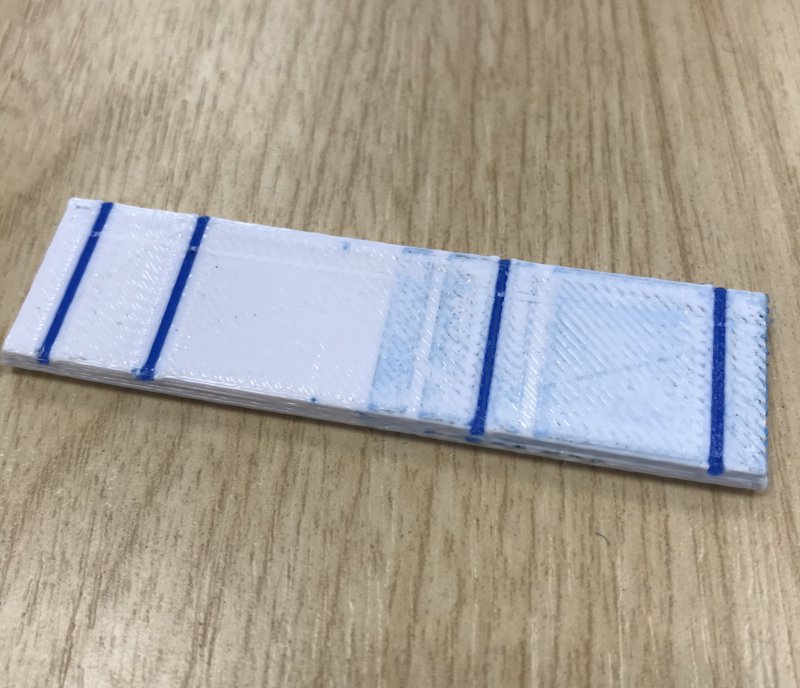
Designed by Christian Lawson-Perfect. Made with OpenSCAD. Download .zip. View on Thingiverse.
The marks on a Golomb ruler are positioned that no two pairs of marks are the same distance apart.
A perfect Golomb ruler has as few marks as possible, and can measure every integer distance up to the length of the ruler.
There’s no perfect Golomb ruler with more than four marks. This one is the biggest possible!
It’s designed for dual extrusion: if you change the variable in to false, it’ll produce just the marks to fill in the gaps in the base model.
Points of inflection and stationary points
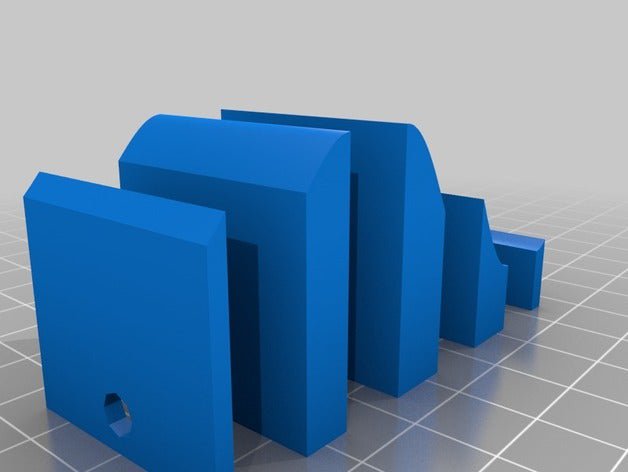
Designed by Holly Williams. Made with OpenSCAD. Download .zip. View on Thingiverse.
Inflection points are points where the gradient changes from increasing to decreasing or vice versa. Stationary points are points with zero gradient.
If you split the model up into sections cut along the inflection points, you can see the increasing and decreasing gradients clearly.
If you split the model up into sections cut along the stationary points, you can see sections of positive and negative gradients.
Kaleidocycle
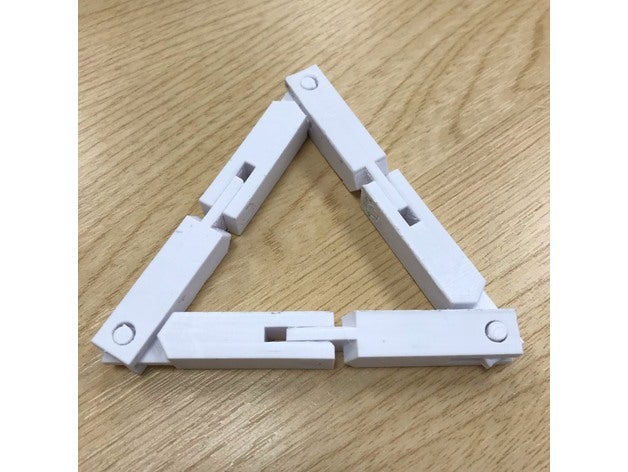
Designed by Alex Nuttall. Made with OpenSCAD. Download .zip. View on Thingiverse.
A variation on the classic kaleidocycle made from 6 interlocking rods rather than tetrahedra.
This model may require a small amount of work to prise the pieces apart for a smooth rotation.
This is just one of many kaleidocycle designs created by Tomoya Tendo.
Menger sponge
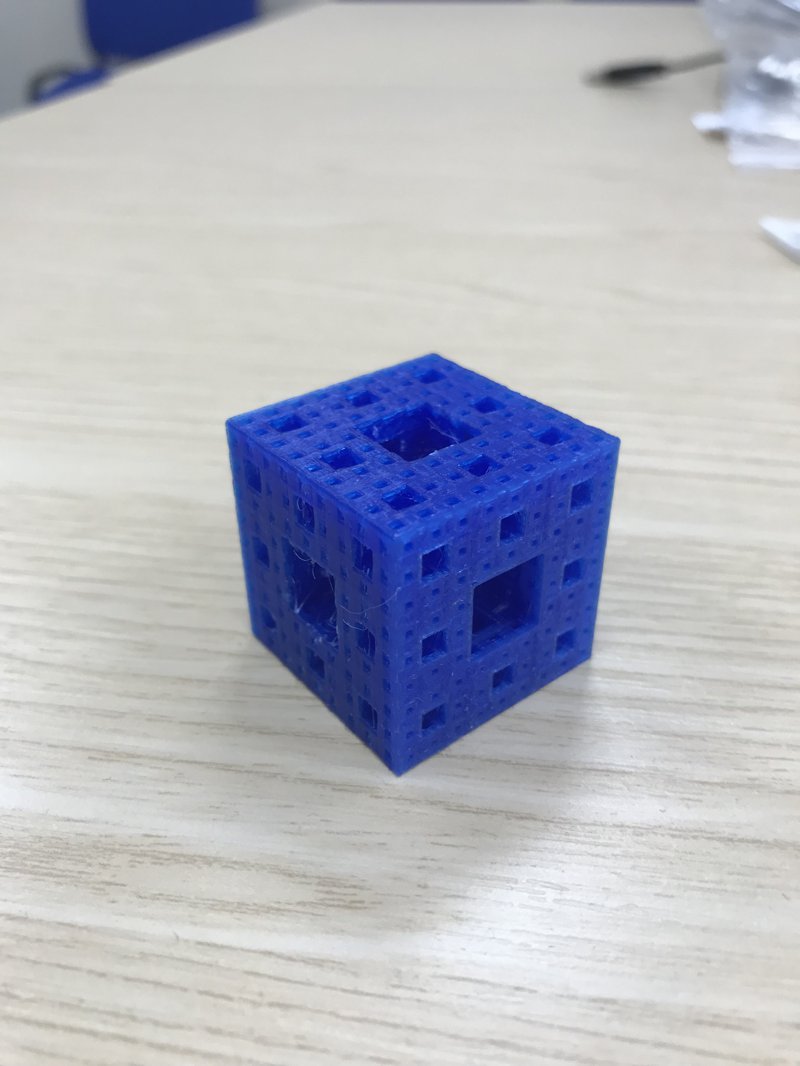
Designed by Alex Nuttall. Made with OpenSCAD. Download .zip. View on Thingiverse.
This is a Menger sponge - an example of a three dimensional fractal based around removing the middle section from each face of a cube.
Inspired by this MIT video regarding the MegaMenger project
Pegged axes
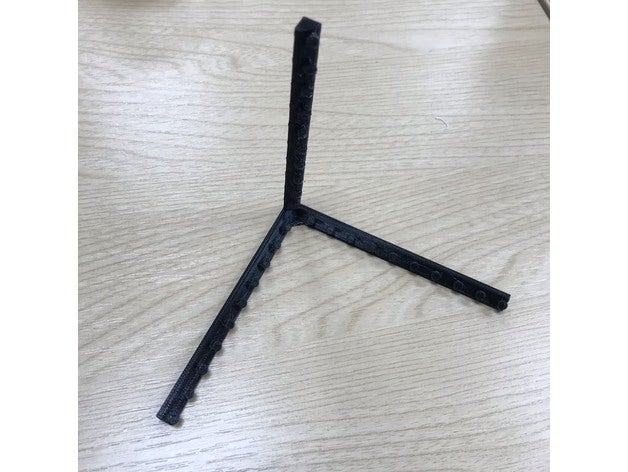
Designed by Alex Nuttall. Made with OpenSCAD. Download .zip. View on Thingiverse.
A set of positive , and axes with evenly spaced pegs. You can wind a piece of string or an elastic band around the pegs to visualise the equation of a plane.
Polar coordinates prop
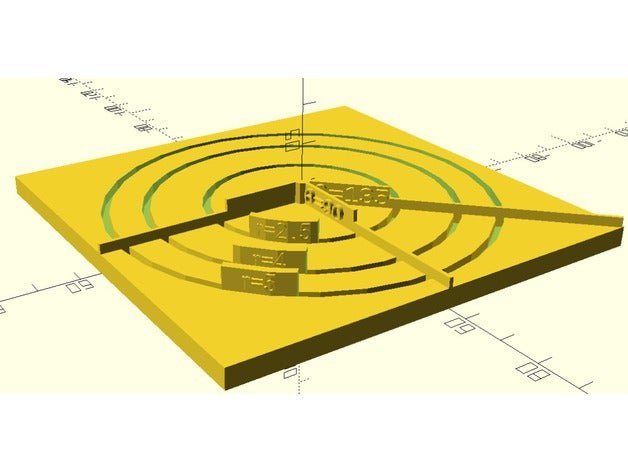
Designed by Holly Williams. Made with OpenSCAD. Download .zip. View on Thingiverse.
It can be tricky to visualise polar coordinates. This model shows curves of constant (at 2.5, 4 and 5 cm) and constant (at 0, 90 and 135 degrees).
Prime number sieve
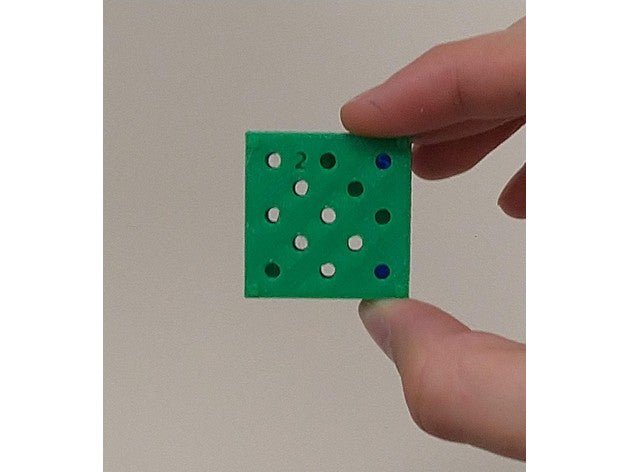
Designed by Christian Lawson-Perfect. Made with OpenSCAD. Download .zip. View on Thingiverse.
This is a collection of trays which stack on top of each other.
Each tray has a grid of holes, with some holes filled in. The tray with a “2” on it has every second hole filled in; the tray with a “3” has every third hole filled in; and so on.
When the trays are stacked together, the holes you can see through correspond to prime numbers: every other number is filled in on one of the trays.
Rotation to translation mechanism
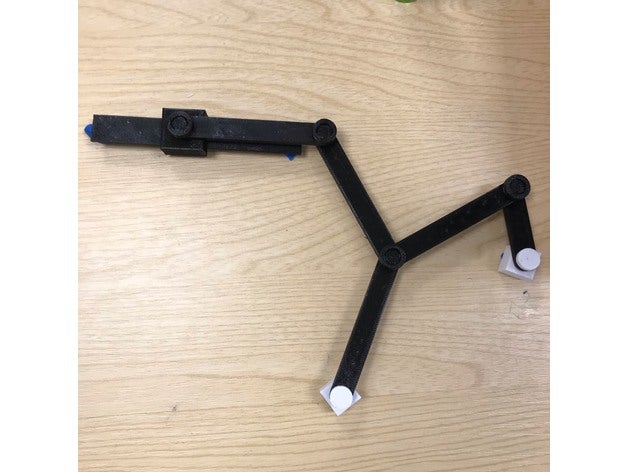
Designed by Alex Nuttall. Made with OpenSCAD. Download .zip. View on Thingiverse.
A linkage which converts rotation into a linear movement.
This is a first attempt - there is no handle to rotate the mechanism at the point of rotation and something sticky will be required for the bar and the two bases.
The inspiration for this design came from the site Mechanisms by Tchebyshev which also contains many more advanced linkages.
Spherical polar coordinates prop
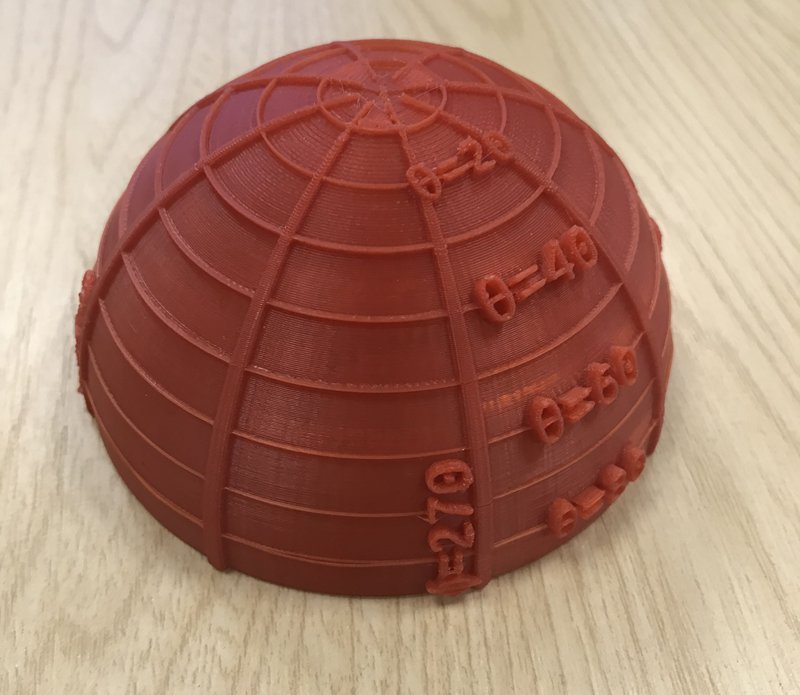
Designed by Holly Williams. Made with OpenSCAD. Download .zip. View on Thingiverse.
A model to demonstrate lines of constant and in spherical polar coordinates.
Spherical pseudo-cuboctahedron
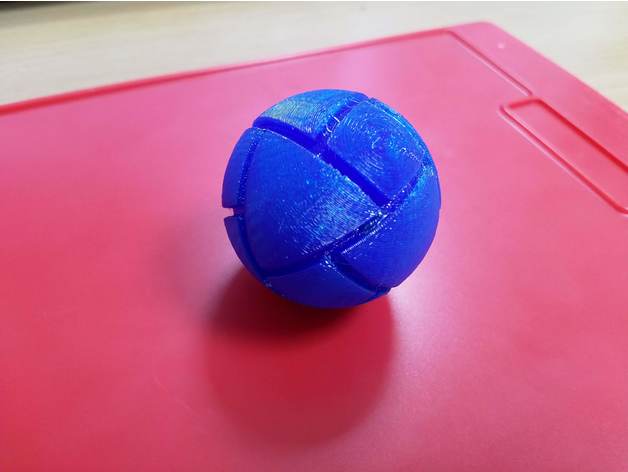
Designed by Christian Lawson-Perfect. Made with Python. Download .zip. View on Thingiverse.
This shape is a “spherical pseudo-cuboctahedron”. It has 24 vertices, 12 edges and 14 faces. That doesn’t satisfy Euler’s formula , so it can’t be a proper polyhedron - hence “pseudo-cuboctahedron”.
However, if you push all the vertices onto the surface of a sphere, all the edges are spherical arcs, so it sort of works.
Sphinx tiling
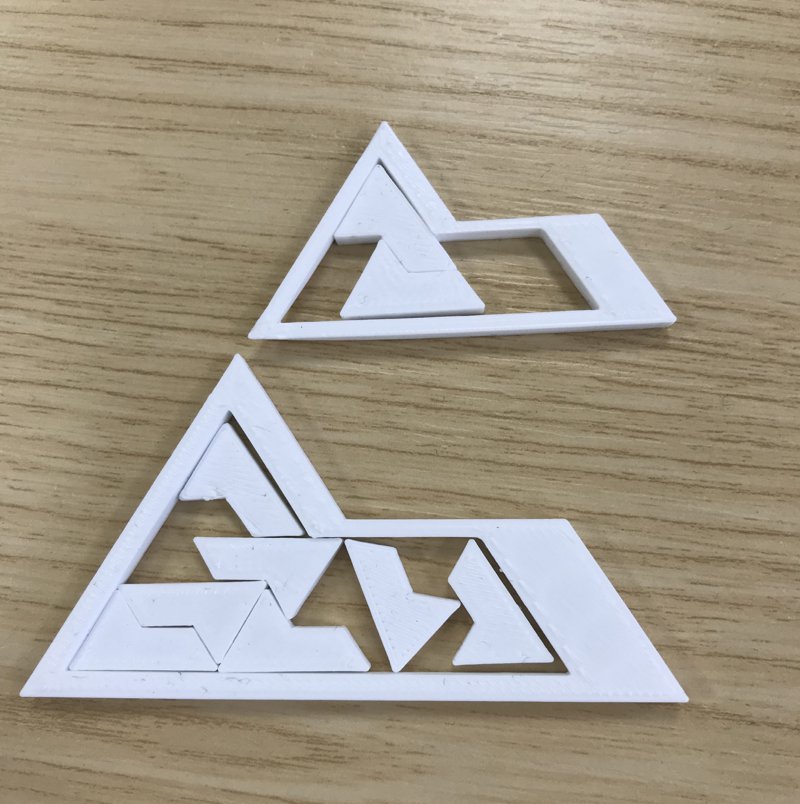
Designed by Alex Nuttall. Made with OpenSCAD. Download .zip. View on Thingiverse.
One sphinx shape can be made up from multiple smaller versions of itself. The two stencils can be filled with 4 and 9 of the smaller, solid pieces.
Stationary points
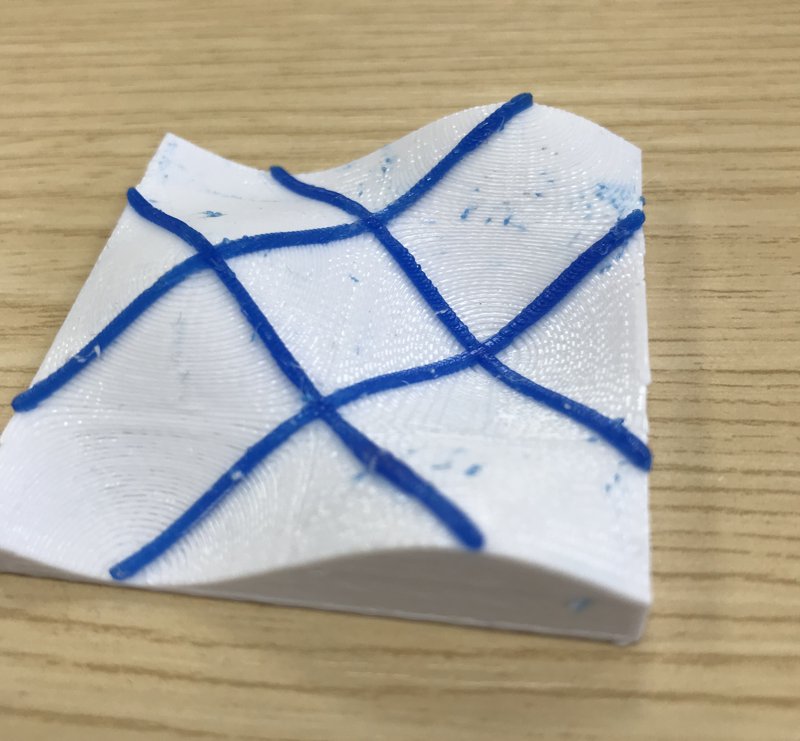
Designed by Alex Nuttall. Made with OpenSCAD. Download .zip. View on Thingiverse.
A surface demonstrating four stationary points using four lines - two saddle points, a maximum, and a minimum.
This design also includes a smaller object with a saddle point that shows clearly the increasing gradient in one direction and decreasing in the perpendicular direction.
Surface created with MATLAB
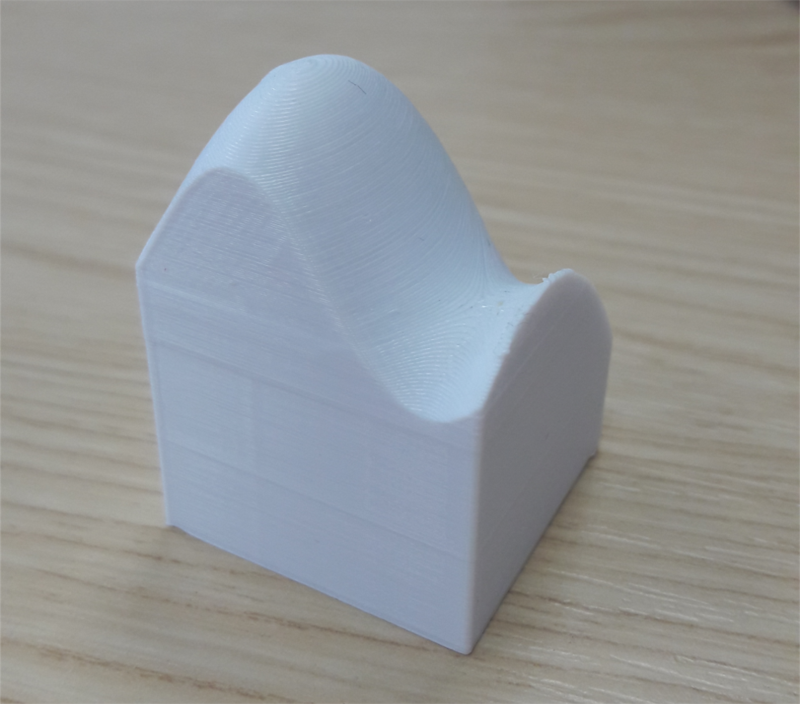
Designed by Holly Williams. Made with MATLAB. Download .zip. View on Thingiverse.
A 3D model of the surface with coordinates generated using MATLAB code and then turned into a surface using OpenSCAD.
Times table puzzle
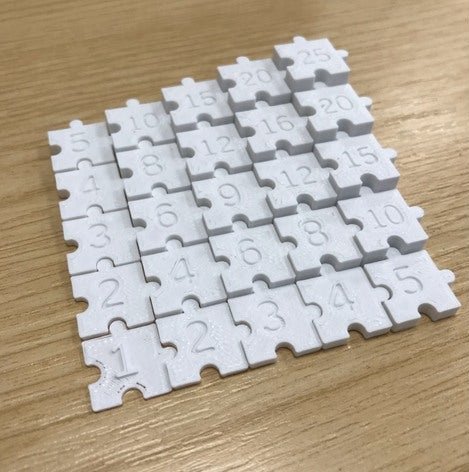
Designed by Alex Nuttall. Made with OpenSCAD. Download .zip. View on Thingiverse.
A demonstration of the low times tables up to - the value of a piece is represented by its height.
The template for these puzzle pieces came from Justin Lin.
Twisting hyperboloid
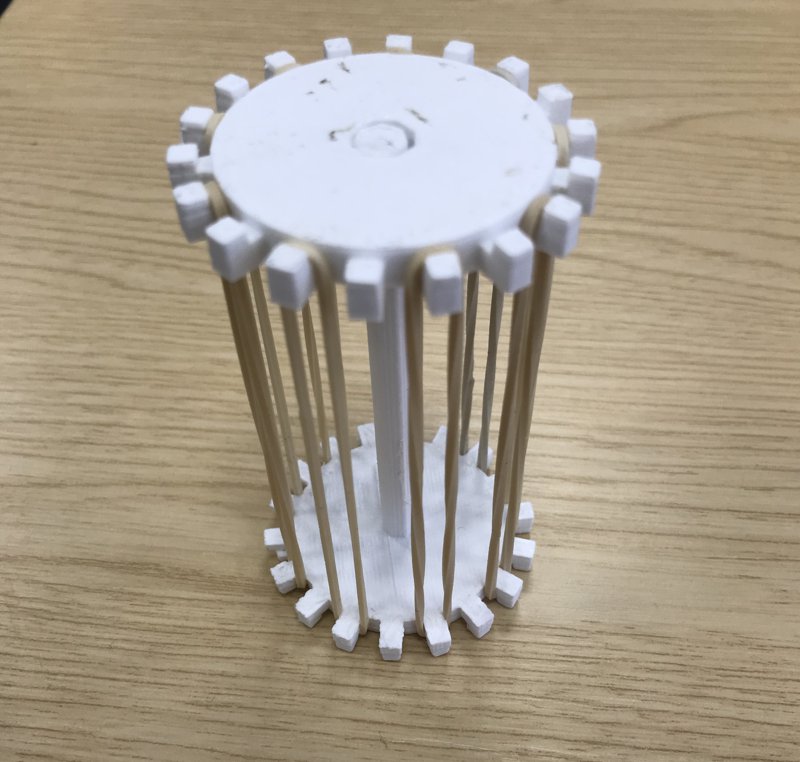
Designed by Alex Nuttall. Made with OpenSCAD. Download .zip. View on Thingiverse.
This two-part design has a rotating top piece. Stretch elastic bands vertically using the hooks on top and bottom. When the model is twisted, the elastic bands produce a hyperboloid.
Wallis’ Sheldonian theatre roof
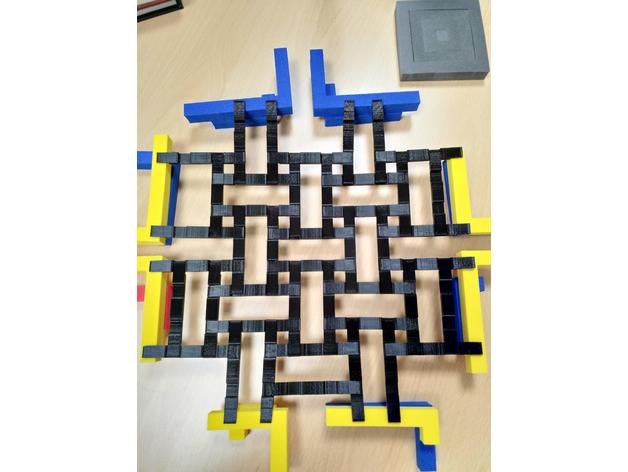
Designed by Christian Lawson-Perfect. Made with OpenSCAD. Download .zip. View on Thingiverse.
The roof of the Sheldonian theatre in Oxford, built from 1664 to 1669, is constructed from timber beams which are unsupported apart from at the walls, and held together only by gravity.
The design of the roof was due to John Wallis, the Savilian Professor of Geometry.
“So effective [was the roof] that for nearly a century the University Press stored its books ..., and for many years it was the largest unsupported floor in existence.”
Each beam is a straightforward cuboid with some notches cut out of it. Rather than whittle away at balsa wood, I decided to 3D print some.
To construct the pattern, arrange the beams on top of each other. Every beam goes the same way up - the notches in the middle should be on the top side.
Four beams woven together will show the general principle - rest the free ends on something, and the middle will stay aloft without any support underneath it. The pattern can grow indefinitely, by adding more beams.
There’s some more information about the roof of the Sheldonian theatre in this document about the Maths in the City walking tour of Oxford.
Write angles cube
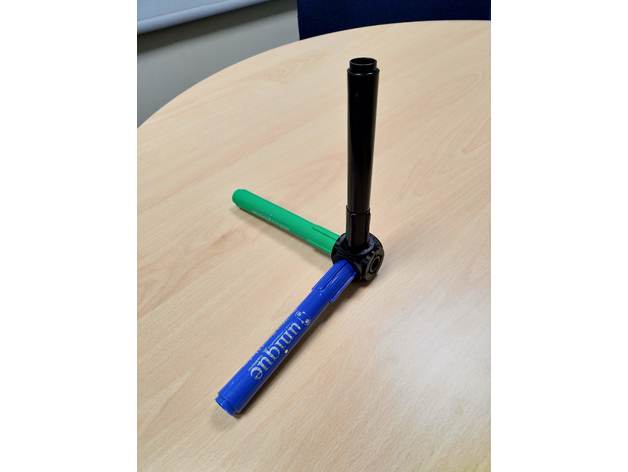
Designed by Christian Lawson-Perfect. Made with OpenSCAD. Download .zip. View on Thingiverse.
Each side of this cube has a socket which fits the lid of a "unique" brand dry wipe whiteboard marker.